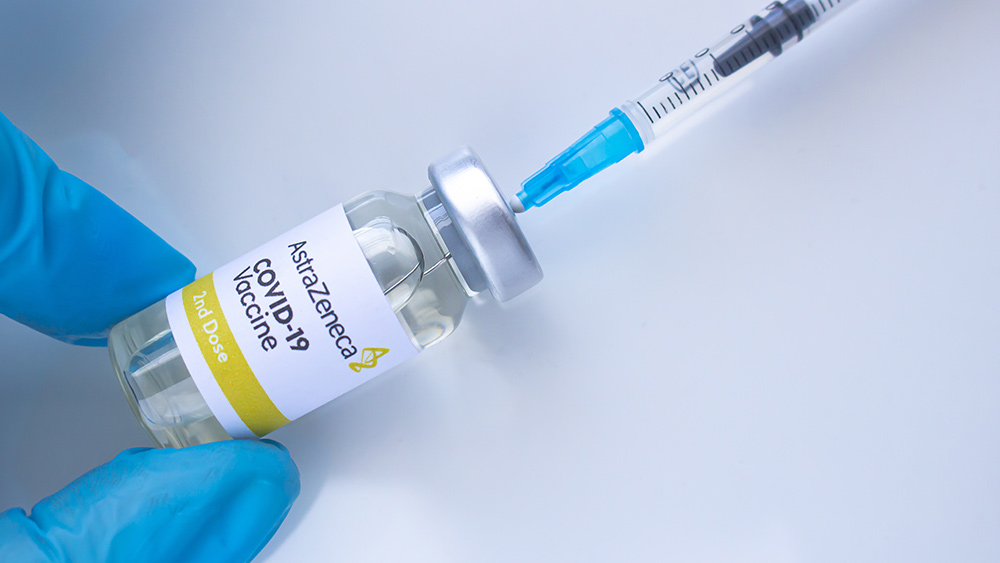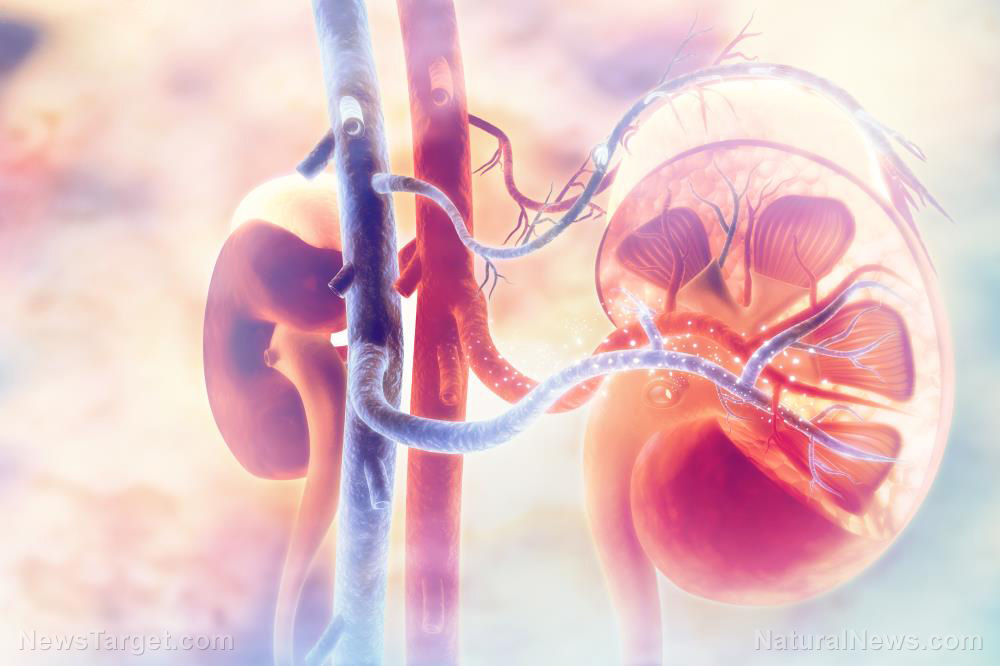 Parler
Parler Gab
Gab
Cases of Creutzfeldt-Jakob disease increase after COVID-19 vaccination
One of the main prion diseases is called Creutzfeldt-Jakob disease (CJD). CJD was traditionally seen as an extremely rare neurological and degenerative disease, representing approximately 1 case per one million people. Traditionally, there are approximately 350 cases of sporadic CJD in the United States each year. CJD cases makeup 90 percent of all prion diseases. In April 2023, medical researchers documented a fatal case of CJD after the 68-year-old patient received a second dose of the Pfizer-BioNTech COVID-19 vaccine. Another case documented in September 2022 involved a 59-year-old man suspected of having CJD, who developed symptoms following multiple COVID-19 vaccinations. In a third researched case, a 68-year-old woman suffered rapid memory loss, behavior changes, headaches and gait disturbance a week after COVID-19 vaccination. By June 7, 2022, the Vaccine Adverse Reporting System (VAERS) had captured 42 cases of CJD after vaccination. Sid Belzberg, an independent researcher, gathered an additional 60 reports of prion diseases after COVID vaccination on a website he’d set up to collect data on the neurological side effects of the jabs. These 60 cases came from a population of approximately 15,000 people who visited the site, suggesting an alarming trend. A 2021 paper by J. Bart Classen proposed that the spike protein in the mRNA vaccines could cause prion-like diseases, because it can bind to many known proteins and induce their misfolding into potential prions. The researchers found that the RNA sequence from the vaccine contains specific sequences that can induce TAR DNA binding protein (TDP-43) and Fused in Sarcoma (FUS) binding protein to tragically fold into their pathologic prion formations. Further research concludes that the vaccine’s spike protein contains an S1 component that may function as an amyloid and eventually form toxic aggregates. This amyloid formation ultimately leads to neurodegeneration.Researchers warn that COVID-19 vaccines cause prion formation and can essentially spread the disease
First defined in the 1920s, prion diseases were delineated into three categories: sporadic, inherited or acquired. Most cases (90 percent) are classified as sporadic. Initial symptoms include: lack of coordination, problems with walking and balance; impaired thinking, memory and judgment; behavior changes; depression, mood swings and anxiety; confusion; insomnia, or changes in sleeping patterns; unusual sensations and changes in vision. These symptoms ultimately lead to involuntary muscle jerks and severe mental deterioration and/or dementia. One of the faulty processes in the manufacture of the COVID-19 vaccine occurs during codon "optimization." In the COVID-19 vaccines, when uracil is replaced with synthetic methylpseudouridine, a process called frameshifting occurs, leading to a glitch in the decoding. This glitch triggers the production of off-target aberrant proteins, or prions. Researchers warn that these prion diseases may be transmissible now, through blood and organ transplants from individuals adversely affected by mRNA vaccines. These infectious prion conditions may go on to cause ALS, front temporal lobar degeneration, Alzheimer’s disease and other neurological degenerative diseases. A prion is essentially a “proteinaceous infectious particle.” These potentially infectious agents include a protein material that can fold in structurally distinct ways. One of the many ways it can fold actually enables it to transmit to other prion proteins – a method similar to a viral infection, but without the nucleic acids. Instead of replicating through DNA or RNA, prions have an uncanny ability to find and transfer their misfolded protein state to similar proteins. This sets off a chain reaction that damages healthy proteins and causes rapid destruction of the individual’s nervous system. Because prions can survive extreme conditions, they cannot be sterilized or destroyed by immune cells, so they are difficult to treat. Sources include: ChildrensHealthDefense.org AnnCaseRep.com [PDF] NCBI.NLM.NIH.gov ScholarlyCommons.HCAHealthcare.com Jessicar.substack.com SciVisionPub.com [PDF] Pubmed.gov Ninds.NIH.govUkraine poised to sacrifice entire population as government warns of full mobilization
By Cassie B. // Share
AstraZeneca directs European Medicines Agency to revoke authorization for its own COVID-19 vaccine
By Lance D Johnson // Share
Mainstream publications collude with AI company to load searches with fake, AI-generated content
By Belle Carter // Share
First patient to receive genetically modified PIG KIDNEY dies less than two months after operation
By Kevin Hughes // Share
Governments continue to obscure COVID-19 vaccine data amid rising concerns over excess deaths
By patricklewis // Share
Tech giant Microsoft backs EXTINCTION with its support of carbon capture programs
By ramontomeydw // Share
Germany to resume arms exports to Israel despite repeated ceasefire violations
By isabelle // Share










